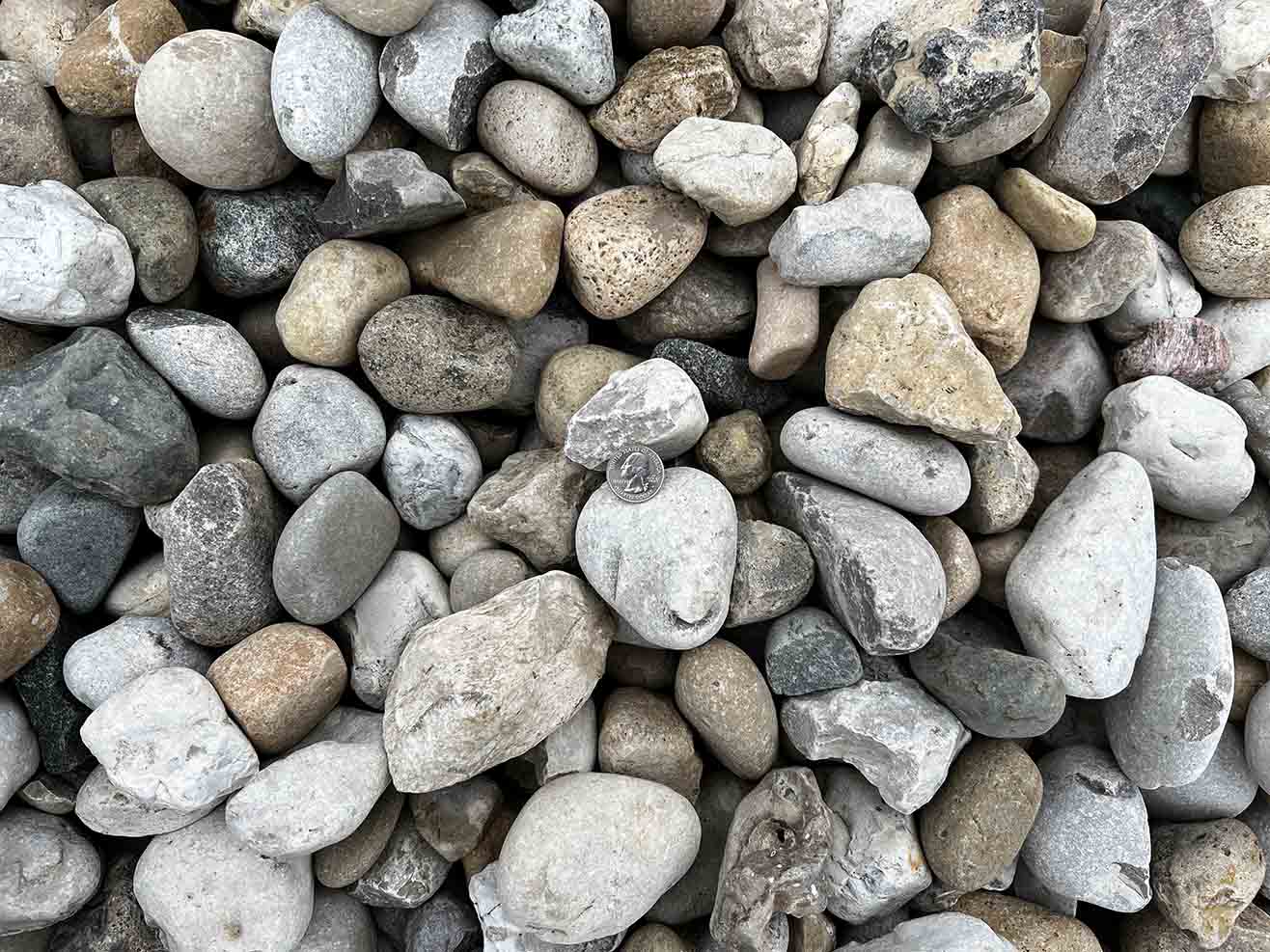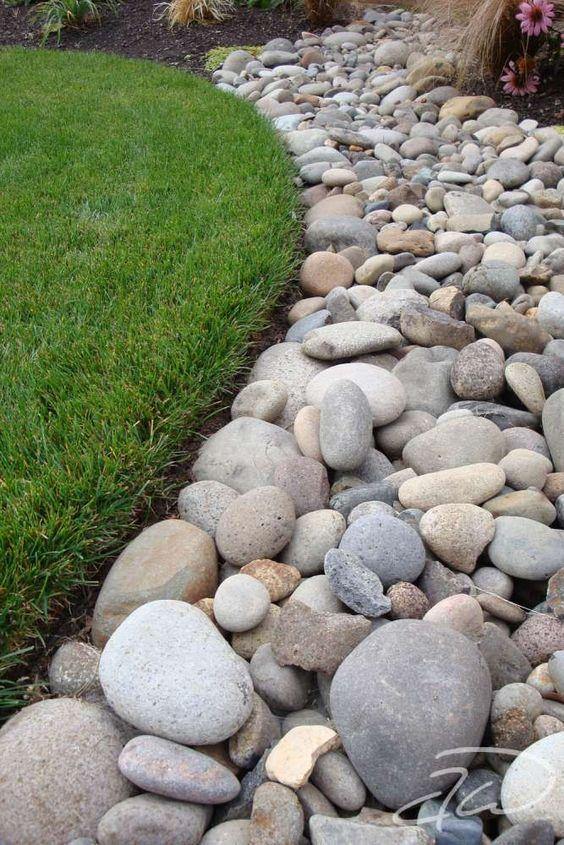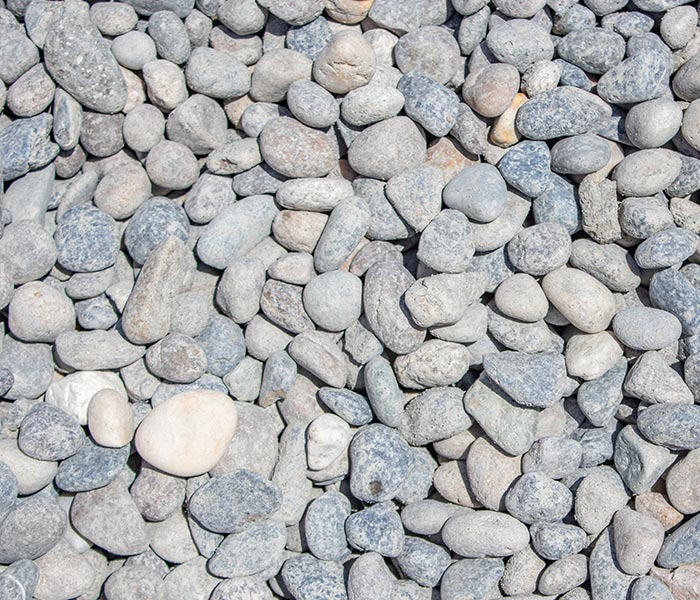If you’ve ever strolled through a beautifully landscaped garden, you may have noticed the stunning and versatile use of decorative river rock. Not only do these natural stones add a unique aesthetic value, but they also serve practical purposes in landscaping. Having worked with decorative river rock in various projects, I can share personal experiences and insights that make this material a favorite among landscape designers and homeowners alike.
What is Decorative River Rock?
Decorative river rock is a type of natural stone that has been smoothed and rounded by the continuous flow of water. These stones come in various sizes, shapes, and colors, ranging from earthy browns and grays to vibrant reds and blues. They can be used in a multitude of landscaping applications, from pathways and garden beds to decorative features in ponds and fountains.
Benefits of Using Decorative River Rock

Before diving into how to use decorative river rock effectively, let’s explore some of its key benefits:
1. Aesthetic Appeal
One of the most captivating aspects of decorative river rock is its natural beauty. The diverse colors and textures can enhance the overall appearance of your landscape.

2. Low Maintenance
Unlike traditional mulch, which needs to be replaced regularly, river rock lasts for years with minimal upkeep. Occasional cleaning and repositioning are often all that’s required.
3. Weed Control
Due to its weight and density, river rock acts as an effective barrier against weeds. When used properly, it can reduce the need for chemical herbicides.

4. Drainage Solutions
Decorative river rocks can improve drainage in your garden. Their porous nature allows water to flow through without pooling, which is essential for plant health.
5. Versatility
From creating pathways to enhancing the look of flower beds, the uses for decorative river rock are virtually limitless.

Choosing the Right Decorative River Rock
When it comes to selecting decorative river rock, there are several factors to consider:

1. Size of the Stones
Stones are available in a variety of sizes, typically ranging from small pebbles to large boulders. Consider what size will best fit your project’s needs.
2. Color Varieties
Different colors can dramatically impact the look of your landscape. Whether you prefer soft neutrals or bright, bold hues, there is a river rock color that will match your vision.

3. Local Availability
Check local suppliers for availability. Sometimes, sourcing stones locally can save on shipping costs and support local businesses.
4. Budget Considerations
Pricing can vary greatly depending on size, color, and sourcing. Set a budget and stick to it to avoid overspending on your project.

How to Use Decorative River Rock in Landscaping
1. Pathways
Creating a pathway with decorative river rocks can add charm and character to your garden. Here’s how to do it:
- Choose a design or layout for your pathway.
- Prepare the ground by leveling and compacting the soil.
- Add a layer of landscaping fabric to prevent weed growth.
- Spread a generous layer of river rock to create your path.
2. Flower Beds
Using decorative river rock in flower beds can help with weed control and enhance the aesthetic appeal of your plants. Here’s a step-by-step guide:
- Clear the bed of weeds and debris.
- Install a border to contain the rocks.
- Add a layer of landscaping fabric.
- Layer the river rock over the fabric, ensuring even coverage.
3. Decorative Features
River rocks can be used creatively in features like fountains or sculpture gardens to enhance their visual impact. Here are some ideas:
- Create a rock garden with varying sizes and colors of river rock.
- Incorporate rocks into a water feature for a natural look.
- Use them in combination with driftwood or plants for a textured display.
Maintenance Tips for Decorative River Rock
To keep your decorative river rock looking its best, follow these simple maintenance tips:
Regular Cleaning
Depending on the surrounding environment, you may need to clean the river rocks periodically. A gentle rinse with a hose can help remove dirt and debris.
Weed Control
While river rocks can suppress weeds, they may not eliminate them entirely. Stay on top of this by manually pulling any weeds that pop up.
Replenishing Rocks
Over time, some rocks may shift or settle. Keep an eye on the coverage and replenish as needed to maintain a uniform appearance.
Comparison Table: Decorative River Rock vs. Other Landscaping Materials
| Feature | Decorative River Rock | Wood Mulch | Rubber Mulch |
|---|---|---|---|
| Aesthetic Appeal | High | Moderate | Moderate |
| Maintenance | Low | Moderate | Low |
| Weed Control | High | Low | Moderate |
| Drainage | Excellent | Poor | Poor |
| Longevity | Very High | Low | High |
Pros and Cons of Decorative River Rock
Pros
- Enhances aesthetic value
- Low maintenance requirements
- Effective weed control
- Improves drainage
- Durable and long-lasting
Cons
- Can be heavier and more expensive than other materials
- May shift or settle over time
- Not suitable for all types of landscaping designs
Personal Experience: Why I Love Decorative River Rock
Having used decorative river rocks in several of my landscaping projects, I can attest to their versatility and beauty. I remember my first project where I transformed a dull backyard into a vibrant garden oasis. By creating winding paths and flower beds with varied sizes and colors of river rock, I was able to bring depth and texture to the landscape. The compliments from friends and neighbors were gratifying, and the long-lasting effects meant that my work would be enjoyed for years to come.
FAQs about Decorative River Rock
1. How is decorative river rock different from regular gravel?
Decorative river rock is typically larger, smoother, and offers a more visually appealing range of colors compared to regular gravel, which is often more angular and dull.
2. Can I use decorative river rock for my driveway?
Yes, decorative river rock can be used for driveways, but consider the size of the stones and the depth of the bed to ensure stability and functionality.
3. How much decorative river rock do I need?
The amount needed will depend on the area you plan to cover. Measure your space and calculate the volume needed based on the depth of coverage (usually 2-3 inches).
4. Is decorative river rock eco-friendly?
Yes, being a natural stone, decorative river rock is environmentally friendly and recyclable. It does not break down over time, which means it won’t need to be replaced frequently.
Conclusion: Elevate Your Landscape with Decorative River Rock
Decorative river rock is an excellent addition to any landscaping project, providing both functional and aesthetic benefits. By understanding how to select, use, and maintain this versatile material, you can create beautiful outdoor spaces that are not only eye-catching but also practical. Whether you’re a seasoned landscaper or a homeowner looking to enhance your yard, decorative river rock offers endless possibilities to elevate your landscape.